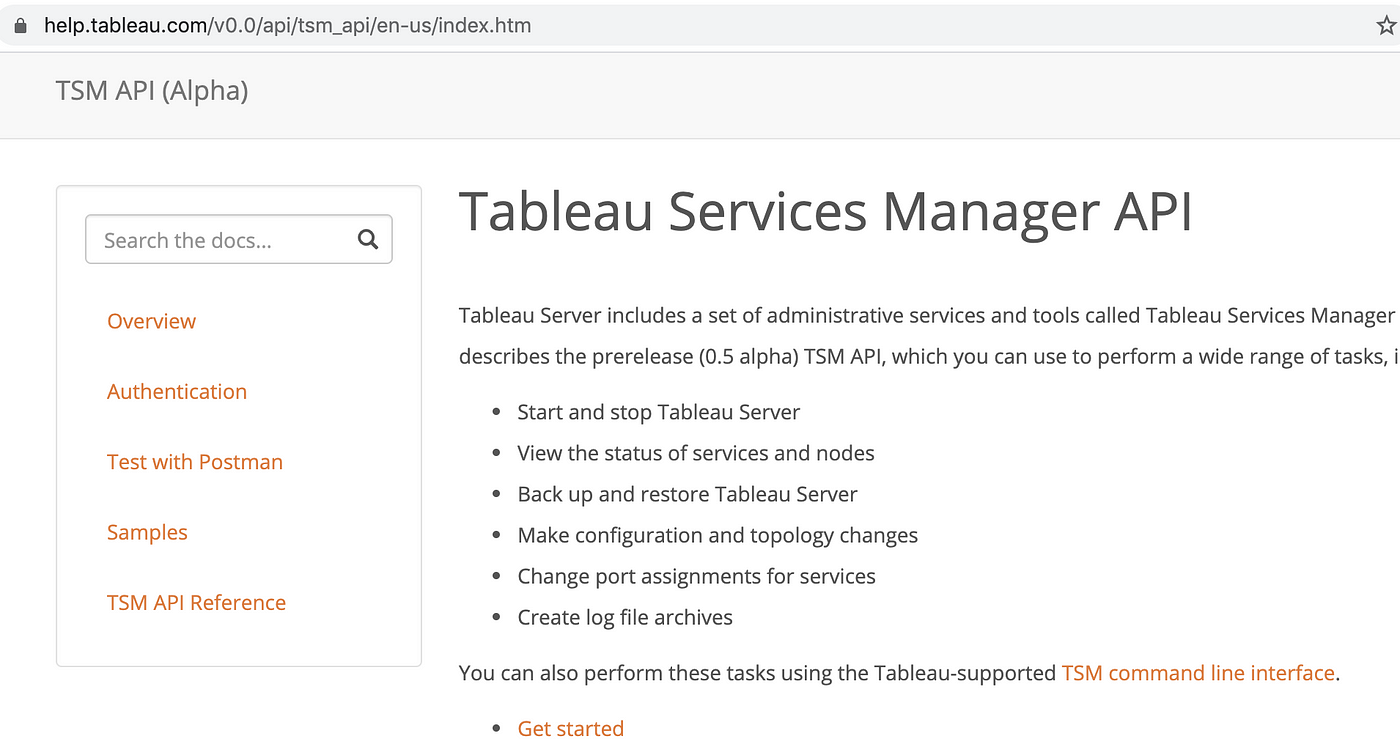

The package that is no more required, should be removed from the system. rpm -U package-1.2.3.rpm Remove a RPM Package This will also install the package if the package is not already installed. Use the “-U” command-line switch to upgrade the current packages installed on your system. yum localinstall package-1.2.3.rpm # Using yum command dnf localinstall package-1.2.3.rpm # Using dnf package Upgrade. This will help you to install the dependencies required for the package. If your system is connected to the Internet, Use YUM or DNF package manager to install the downloaded rpm file. If the dependencies are not installed on your system, the above command will fail. The above command does not search for the required dependencies of the packages. For example, to install a package locally, use -i command line switch followed with the package name. It is capable to install a package from the local y downloaded “.rpm” file or on a remote URL. The rpm packages can be installed using the “rpm” command-line utility on the Redhat-based systems. After reading this you will understand the installation, updating, or removal of RPM packages from your system. This tutorial will help you to understand about uses of the rpm command-line utility. It is also used for the installing, updating, and removal of packages from any Redhat-based systems. Which is responsible for the create distributable packages for your applications. Otherwise, we discuss below how to update the existing file to include all colormaps defined in CMasher.īefore we can update the existing file, we will need to make sure that CMasher is actually installed.RPM (Redhat Package Manager) is a powerful package management utility build for the Redhat-based system. If you have found this directory, but it does not contain a file called Preferences.tps yet (or you wish to replace the existing one), you can simply download a pre-generated preferences file here that is included with the docs and copy it to this directory. Usually, there should be a My Tableau Repository folder (or something similar) in your home or documents folder, which is where the preferences file is located. If you do end up with an incorrectly formatted file, please open a GitHub issue about it.įirst of all, we have to locate where Tableau stores its preferences file. While the process described below should theoretically speaking never result in a preferences file that is formatted incorrectly, I cannot guarantee that this is always the case. Why are there so many diverging colormaps with a blue end?īefore replacing or updating an existing Tableau preferences file, please back up the existing file.There are artifacts in a CMasher colormap.The edges of white-centered diverging colormaps are too similar.

Can I request a colormap utility feature?.


 0 kommentar(er)
0 kommentar(er)
